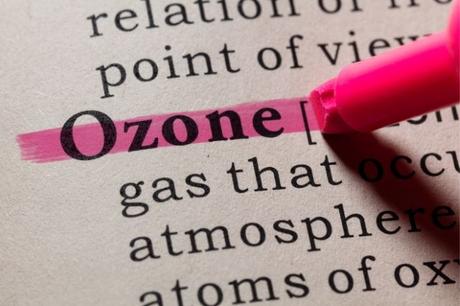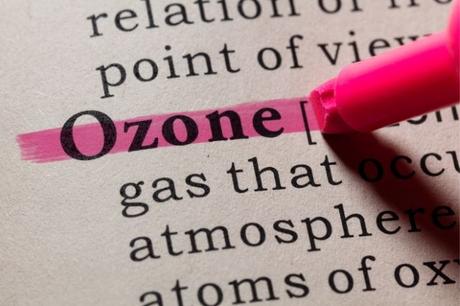A rare record-size hole has opened up in the ozone layer above the Arctic, which occurred due to unusually low temperatures in the atmosphere above the North Pole and is expected to disappear; that is what scientists say.
Over the past few days, the hole has been tracked both from space and the ground. It has reached record dimensions, but unless it moves further south, it will not pose any danger to humans. In case it moves further south over populated areas, e.g., southern Greenland, there would be an increased risk of sunburn for people. However, the hole is expected to disappear altogether within a few weeks on current trends.

An unusual stable polar vortex has resulted from low temperatures in the northern Polar Regions, and the existence of ozone-destroying chemicals in the atmosphere such as chlorine and bromine occurred due to human activities has made the hole.
“The hole is principally a geophysical curiosity,” said Vincent-Henri Peuch, director of the Copernicus Atmosphere Monitoring Service. “We monitored unusual dynamic conditions, which drive the process of chemical depletion of ozone. [Those dynamics] allowed for lower temperatures and a more stable vortex than usual over the Arctic, which then triggered the formation of polar stratospheric clouds and the catalytic destruction of ozone.”
However, the worldwide COVID-19 shutdowns that have drastically cut air pollution and reduced greenhouse gas emissions are not related to hole. Whether this unusually stable Arctic polar vortex conditions are linked with the climate crisis or are a part of normal stratospheric weather variability, is also too early to say.
The last time similar conditions were observed was in spring 2011. According to Peuch, there were no direct implications for the climate crisis. Temperatures in the region are already increasing, slowing the depletion of ozone, and the hole will start to recede as polar air mixes with ozone-rich air from lower latitudes.
The Copernicus Atmosphere Monitoring Service, of the European Centre for Medium-Range Weather Forecasts, based partly in reading and funded by the European Commission, tracked the hole.
The new hole over the Arctic is a rare event, but the much larger hole in the ozone layer over the Antarctic has been a major concern for the last four decades even more. Under the 1987 Montreal Protocol, the production of ozone-depleting chemicals has been drastically reduced. However, in 2018, unauthorized emissions were detected from eastern China, which shows that some sources are still functioning.
Last November, the Antarctic ozone hole was the smallest in 35 years because of the successful efforts for the reduction in the production of harmful pollutants. The ozone layer protects the earth from dangerous ultraviolet radiation levels of the sun.
New sources of ozone-depleting chemicals were not a factor in the hole observed in the Arctic, said Peuch. “However, this is a reminder that one should not take the Montreal Protocol measures for granted, and that observations from the ground and from satellites are pivotal to avoid a situation where the chlorine and bromine levels in the stratosphere could increase again.”


